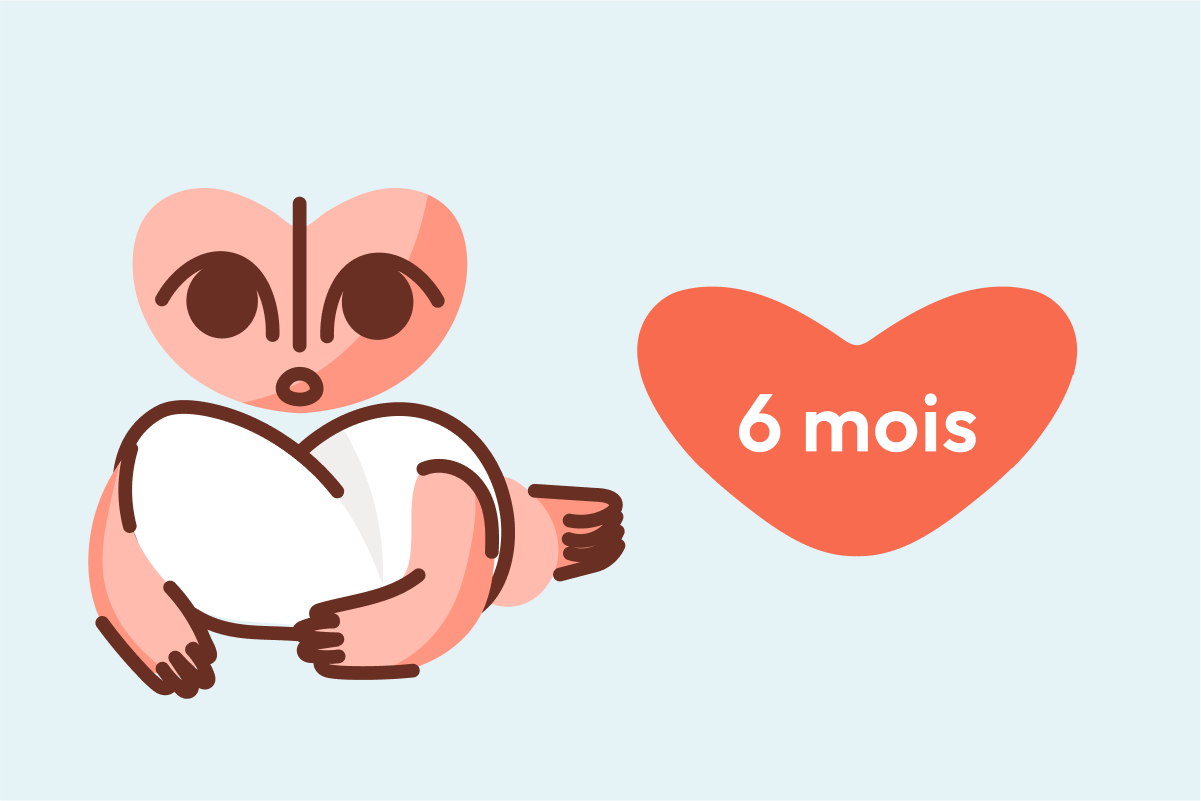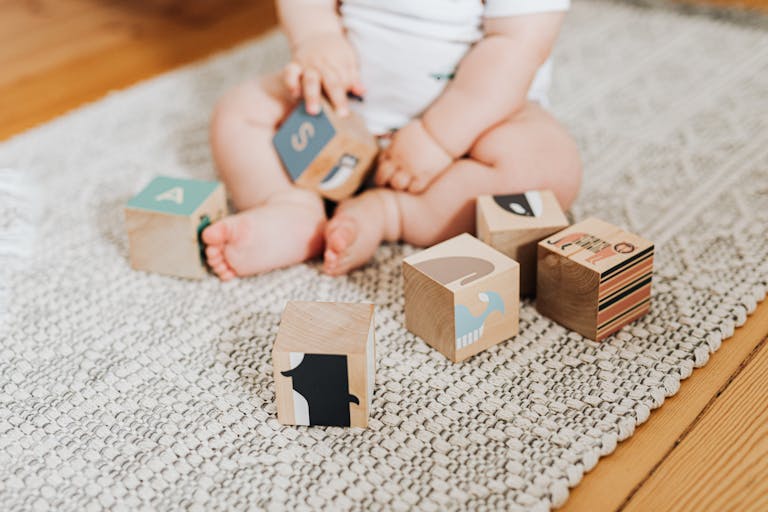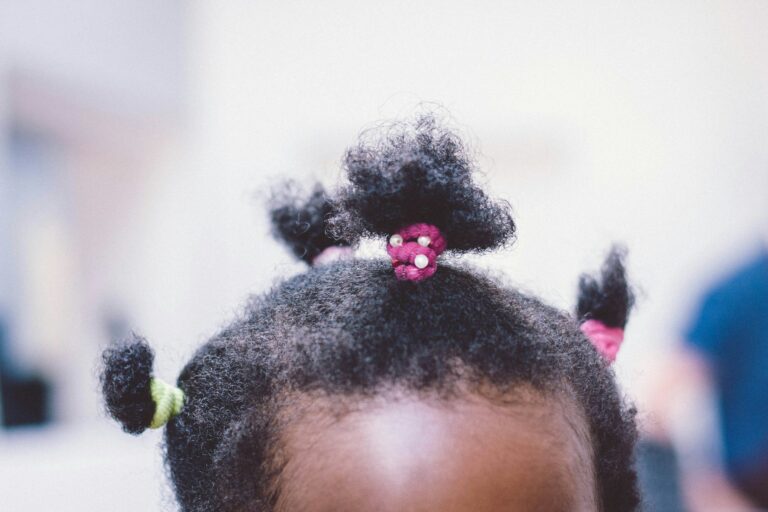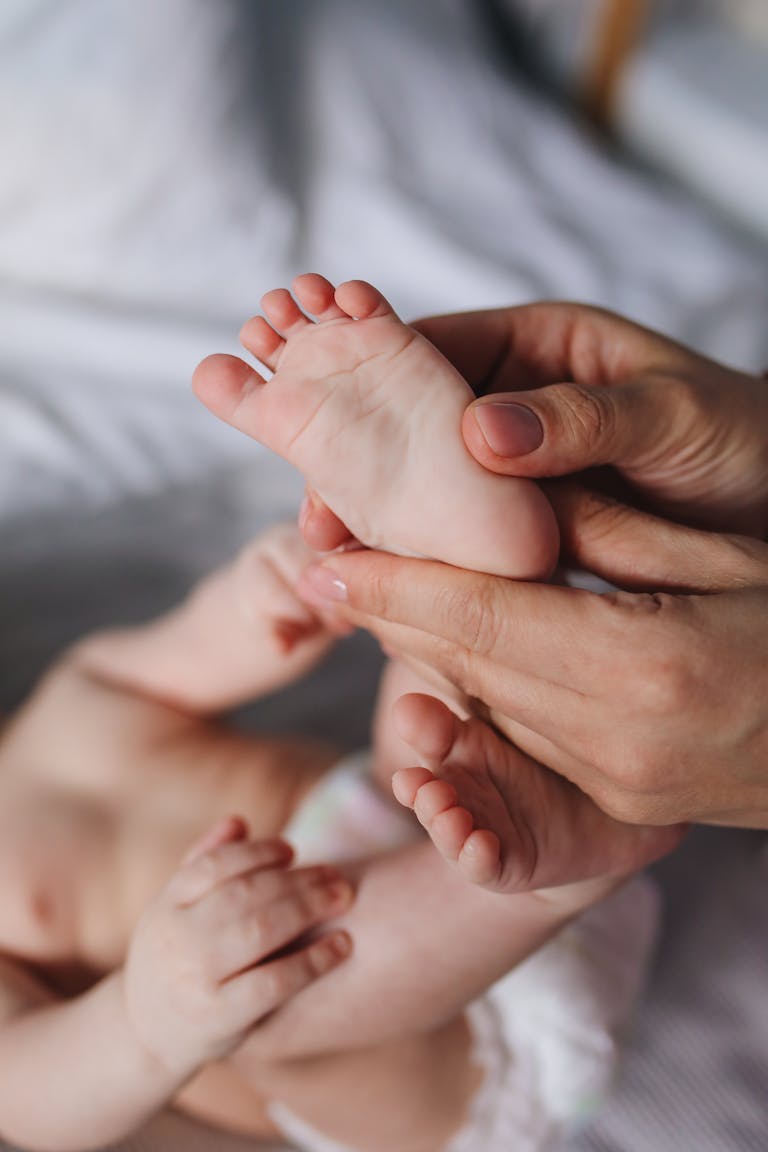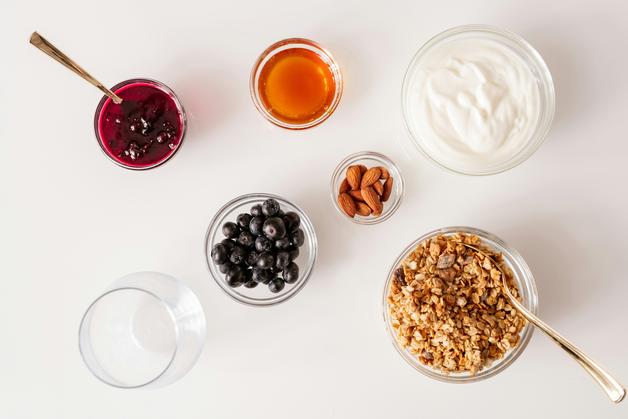A 6 month old baby stands at a crossroad—a threshold that transforms sleepy newborn wonder into lively, engaging curiosity. Suddenly, questions erupt: Does my baby sleep “enough”? Why the endless fascination with their own toes? Is it normal for me to feel a mix of pride, worry, and outright confusion? These realities are universal touchstones. Every family faces the mysterious rhythm of rapid development, feeding shifts, sleep changes, emotional fireworks, and, yes, constant safety concerns. Let’s break down what’s happening, what scientists know, and where you, as a parent, can find both clarity and confidence.
Developmental Milestones and Physical Changes
Throw out the stopwatch and step away from the growth chart—each 6 month old baby charts their own course, but some developmental milestones serve as road markers. Look for robust muscle control: perhaps your baby sits with only a hint of help, enjoys rolling back and forth, or rocks earnestly on hands and knees, hinting at budding mobility. The average weight ranges between 13-22 pounds (6-10 kg), length falls between 24-27 inches (61-69 cm), and the head circumference should hover around 17.5–18.5 inches (44.5–47 cm). These are averages, not targets; doctors pay closer attention to steady progression and growth curve stability over time.
Fine motor skills forge ahead as tiny fingers grasp, bang, and mouth toys—the earliest precursor of the “pincer grasp.” Some babies even pass objects from hand to hand, making exploration a full-time affair. Daily supervised tummy time isn’t just a trendy suggestion. It strongly supports neck and trunk strengthening, builds core muscles, and paves the way for crawling.
Cognitive Awareness and Emotional Landscape
A 6 month old baby displays a surge in cognitive skills—their mind suddenly alert to objects, patterns, and people. Here comes object permanence, that magical moment where your child seeks a toy partially hidden under a blanket. You might notice your baby’s growing desire to uncover, bang, or drop things—an experiment in cause and effect (every rattle landing on the floor is a mini science lesson).
Emotions at this age feel astonishingly strong. Now laughter cascades freely, yet so does frustration if toys retreat out of sight or a familiar face disappears. Many parents notice “stranger anxiety,” a marvel of selective memory tied to healthy attachment and caregiver recognition, not a sign you’ve done anything wrong. Keep routines familiar, voices soothing, and cuddles frequent—all powerful reassurances echoing through your baby’s daily experiences.
Language bursts forth via babbling—not only coos and gurgles, but strings like “bababa” or “dadada” mimic the cadence and melody of parental speech. Responding with bright conversation, singing, or simply narrating what you do scaffolds early language processing and strengthens cognitive pathways, according to child language researchers.
Activities, Play, and Day-to-Day Stimulation
Engagement is everything. For a 6 month old baby, play is the daily curriculum—no enrollment required. Classic games like peek-a-boo reinforce object permanence while books with tactile pages, soft blocks, and safe rattles stimulate sensory experiences. Toys in varying textures, colors, and sounds spark curiosity and refine hand-eye coordination.
Intentional setup maximizes learning: place fascinating toys just out of reach to inspire stretching, rolling, or tentative crawling. Rotate activities between interactive play (eye contact, conversation, touch) and quiet moments (soothing music, gentle rocking, or exploring pictures). Two to three naps daily, nestled between stimulation, give the brain and muscles time to consolidate new skills and memories, confirmed by pediatric sleep studies.
Structure flexibly: observe your child’s cues—rubbing eyes, fussing, looking away—signals a need for rest. After a nap, anticipate renewed interest in play or social interaction. Parents know: rigid schedules often meet a 6 month old baby’s unpredictability with limited success, so adaptability wins.
Outings
Venturing outside? Pack essentials for a 6 month old baby—diapers, wipes, nutrition (whether expressed breast milk, formula, or a snack for those beginning solids), sun hat or stroller shade, extra clothes, and a beloved toy. Avoiding crowds during viral seasons protects delicate immune systems, as does careful hand hygiene. Use a carrier for extra closeness or a stroller for longer outings, adapting to your family’s lifestyle and your baby’s temperament.
Sleep Patterns and Routines
How much should a 6 month old baby sleep? Approximately 14–15 hours over a 24-hour day, with 2–3 daytime naps. Some babies enjoy solid nighttime stretches—6 to 8 hours uninterrupted—while others still wake for feeds, comfort, or reassurance. Variation here is normal.
Sleep resistance, especially at naptime, often coincides with newfound mobility and curiosity. Maintain steady pre-sleep routines: a bath, a dimmed room, soft music, or a gentle story send strong signals for sleep onset. Sleep specialists stress the value of putting your baby to bed “drowsy but awake,” helping them develop self-soothing skills.
For safety, lay your baby on their back on a firm mattress. Cribs should be free from loose blankets, pillows, and toys, as per American Academy of Pediatrics (AAP) safe sleep guidelines. Room temperature should feel comfortable for a lightly dressed adult; if in doubt, a wearable sleep sack adds warmth without risk.
Persistent sleep issues? If your 6 month old baby seems unable to settle, wakes inconsolable, or shows any sudden change in behavior, touch base with your healthcare provider—sometimes teething or minor illness is to blame, sometimes additional assessment helps clarify the picture.
Feeding and Nutrition
Milk remains the foundation—either breast milk or infant formula—with most 6 month old babies feeding 4 to 5 times in 24 hours, each feed lasting between 180–240 ml (if using bottles) or on demand at the breast. As you introduce solids, soft pureed vegetables (carrots, zucchini) appear first; then pureed fruit (apple, pear), and eventually, proteins like well-cooked chicken or white fish, all thoroughly blended.
Go slowly—presenting one new food at a time, then watching several days for any signs of allergy (rash, vomiting, diarrhea). Baby-led weaning—offering appropriately sized soft pieces of food for self-feeding—has gained popularity. Pediatric nutritionists emphasize the importance of developmental readiness (able to sit well unassisted, showing interest in food, and good head control) before this method. Always supervise meals closely to prevent choking.
Foods to defer include honey (risk of infantile botulism), cow’s milk as a main drink, and any small, hard, or round foods (whole grapes, nuts, chunks of raw carrot) due to choking risk. Excess salt, sugar, and processed foods have no place in the 6 month old baby diet—delicate kidneys and developing taste preferences benefit from simplicity.
Some babies experience constipation when solids begin. Offer fiber-rich fruits like pear or prune puree, ensure proper hydration with small sips of water, and try gentle tummy massages. Should constipation linger, or if you spot blood in the stool or unusual pain, a pediatrician visit is warranted.
Medical Care, Teething, and Daily Wellbeing
Healthcare visits at 6 months encompass measurement of weight, length, and head circumference; assessment of physical and neurological milestones; and review of feeding, sleep, and behavior. The 6 month old baby check-up also provides time for immunizations, part of the standard vaccination schedule in most countries.
Teething often begins around now—excess drool, sore gums, chewing, and even mild fussiness are classic clues. Offer a cold, clean teething ring or a gentle gum massage with a clean finger to ease discomfort. Start caring for new teeth or even just the gums with a soft damp cloth. Early dental hygiene habits reduce the risk of cavities as your child grows.
Safety, Daily Routines, and Family Balance
Guarding a 6 month old baby includes thorough “babyproofing”: securing heavy furniture, covering electrical outlets, and keeping small or hazardous objects far out of reach. The ability to roll, reach, and wriggle means yesterday’s arrangement may suddenly host fresh hazards today.
Organize outings, meals, naps, and activities around the needs of the 6 month old baby—flexibility, not perfection, remains the real parenting asset. Watching for hunger and fullness cues at mealtime matters more than empty bowls. Share household responsibilities with others where possible, and celebrate small victories.
This journey is not about achieving a flawless routine. It’s about creating space for safe exploration, adapting to ever-evolving needs, and sustaining your own well-being alongside your baby’s. Parental fatigue is real and valid; scheduling moments for rest or support from friends and family isn’t just self-care, it’s sustainable caregiving.
Key Takeaways
- The 6 month old baby transforms daily, with leaps in physical, cognitive, and emotional development—embrace variability; each milestone, whether large or subtle, contributes to growing autonomy.
- Milk remains central; the introduction of solids broadens nutrition while still relying on breast milk or infant formula for essentials.
- Sleep structure is developing, not fixed—follow cues, keep routines consistent, and maintain safe sleep environments at all times.
- Play and sensory exploration fuel learning; choose toys, activities, and outings that stimulate, soothe, and delight.
- Babyproof your living space—mobility and curiosity bring new risks each week.
- Consult pediatricians for persistent feeding, sleep, or health concerns. Early intervention can ease parental worry and support healthy development.
- Your wellbeing is indispensable. Connection, rest, and shared responsibilities protect the whole family’s balance.
- For more personalized advice, developmental questionnaires, and pediatric health tips tailored to every stage, you can download the Heloa app.
The path with a 6 month old baby brims with questions, discoveries, and sometimes uncertainty. Reassurance and reliable information, paired with attentive observation and responsive care, help your whole family flourish.
Questions Parents Ask
How can I tell if my 6 month old is ready for solid foods?
Signs that your child may be ready for solids include being able to sit up with little or no support, showing good head control, and demonstrating an interest in food when others are eating. You might notice your baby reaches for your food or opens their mouth when offered. These are indicators that your child is starting to develop the skills needed for swallowing solids. There’s no need to rush—every child moves at their own pace. If you have doubts or want support in introducing solids gently, don’t hesitate to consult your pediatrician.
How much water can a 6 month old baby safely drink?
At 6 months, milk (breast milk or formula) remains the main source of hydration. Once your baby starts solids, you can offer small sips of water, usually a few teaspoons with meals, to help introduce the taste and support hydration without replacing milk feeds. Too much water can upset the balance of minerals in your child’s body, so keeping it to small amounts is recommended until 12 months. Rassurez-vous—your child’s main nutrition still comes from milk at this stage.
Is it normal for a 6 month old to be more fussy or clingy?
It’s completely normal for a 6 month old to experience moments of fussiness or want to be close to you more than before. This often comes with growth spurts, teething discomfort, or new developmental leaps. Sometimes, babies may show signs of “stranger anxiety” or become a bit more sensitive to changes in their environment. These are passing phases and do not mean you’re doing anything wrong. Responding to your child’s need for reassurance and comfort helps build trust and supports their overall wellbeing. If concerns persist or you’re feeling overwhelmed, seeking support from a healthcare professional or parent community can bring valuable reassurance.

Further reading:

